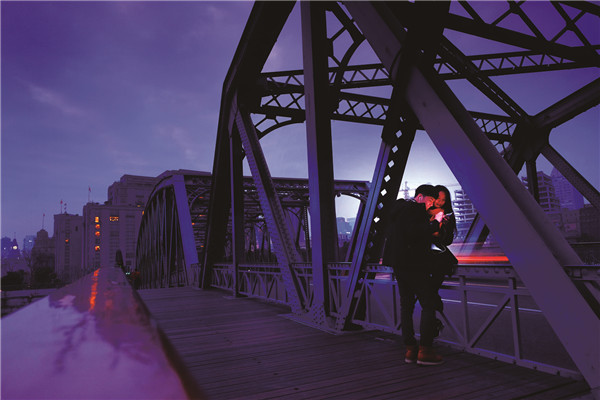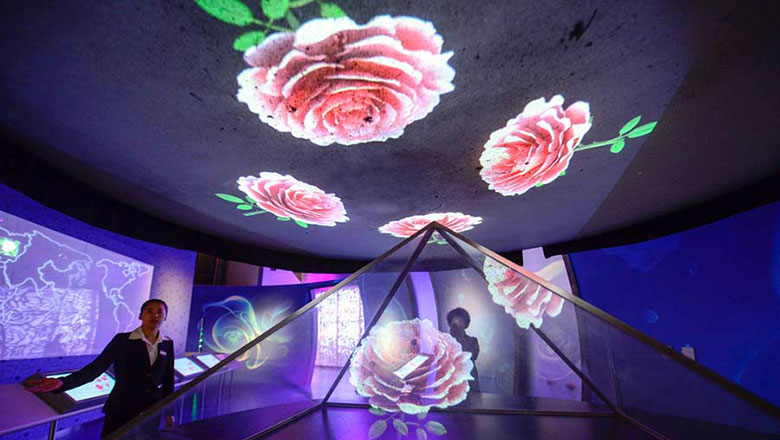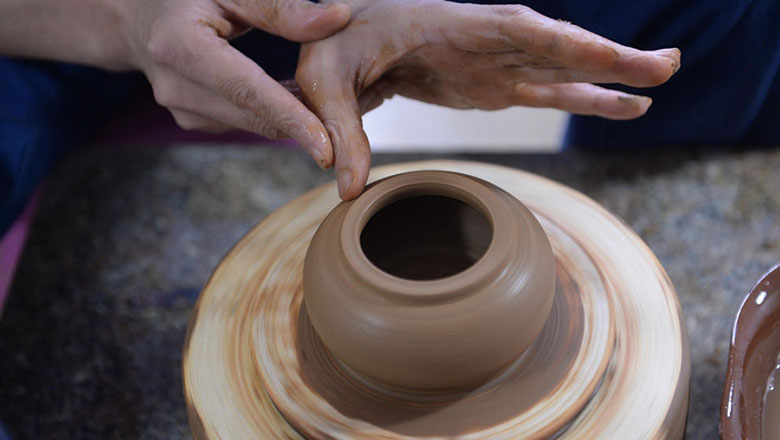The bridges of Suzhou Creek
Updated: 2016-05-06 21:52
By Zhou Wenting in Shanghai zhouwenting@chinadaily.com.cn(China Daily USA)
|
|||||||||
 |
|
Shanghai's Waibaidu Bridge, a transport infrastructure,a city icon and a romatic spot for couples at night.Photos by Gao Erqiang/China Daily |
"We found out that many of its steel parts had severely rusted. Other parts had even turned into crisp, thin iron sheets. The renovation was indeed a timely thing to have," said Hu Jingcheng, head of the bridge project at Shanghai Shipyard.
According to Hu, 215 tons of steel parts were replaced and 63,000 rivets, which accounted for 40 percent of those on the original structure, were swapped with new ones.
"The renovation was carried out according to the original design of the bridge by the British company and we did our best to restore the historic bridge to its initial state. Before the replacements took place, our workers carefully studied the chemical and mechanical components of the steel on the bridge and searched for the best replacements," said Hu, who added that the new structure will require renovation only half a century later.
Wang Changfeng, a 59-year-old Shanghai native, said that the engineers have done a great job with giving the bridge a new lease of life.
"It looks no different from what it was during my childhood days. The bridge used to creak when heavy motor cars went across, but now that noise is gone," he said.
Similarly, Zhejiang Road Bridge, which is next to Waibaidu and has been standing for more than a century, underwent repair and was restored in 2015. A temporary repair plant was set up on the north bank of the creek for this project.
A large-scale renovation project involving 17 other bridges along Suzhou Creek also started in 2009. The facade of each bridge was repainted and cameo walls and lights were added to spruce up the atmosphere around the bridge.
"The renovation of a bridge may cost more than 100 million yuan ($15 million), but it is a worthy investment, not just because it is an upgrade in traffic infrastructure, but because it also helps in the continuation of historical and cultural features of Shanghai. In terms of heritage, each of the bridges is priceless," said Lin Xiang, Party chief of Shanghai Municipal Investment (Group) Corporation.
Besides the bridges that run along it, Suzhou Creek is also, unfortunately, well-known for its stench. Ever since about a century ago when the creek was used as a waterway for the transportation of goods, textile mills, chemical plants and various types of factories on both sides of it in the Zhongshan Park area have contributed to the pollution of the river.
"Suzhou Creek has always been associated with smelliness and pollution. My friend and I used to go to the riverbank to watch the sewage flowing out from the chemical plants when I was a little girl. We didn't know it was pollution. We thought it was a red waterfall," said Huang Qi, a 59-year-old Shanghai resident.
The city government finally decided to clean up the creek in the 1990s, relocating all the plants and introducing to the area riverside parks, yacht clubs as well as tall residential and office buildings. Today, the area is a popular place among the locals to enjoy a scenic stroll.
In the past decade, two more bridges were later built in that particular area to improve human and vehicular traffic. Overpasses were also built at several intersections for people to enjoy the view of the creek.
- Inspection teams to cover all of military in anti-corruption drive
- Tornado, heavy rain batters Central China's Hunan
- Beijing to cut downtown population this year
- Palace Museum confirms ancient relics find
- Disney promises ‘safe, pleasing service of high quality’
- Couple detained for selling their two sons

 Raging wildfire spreads to more areas in west Canada
Raging wildfire spreads to more areas in west Canada
 World's first rose museum to open in Beijing
World's first rose museum to open in Beijing
 Teapot craftsman makes innovation, passes down techniques
Teapot craftsman makes innovation, passes down techniques
 Top 8 iOS apps recommend for mothers
Top 8 iOS apps recommend for mothers
 Five things you may not know about the Start of Summer
Five things you may not know about the Start of Summer
 Art imagines celebrities as seniors
Art imagines celebrities as seniors
 Japanese animator Miyazaki's shop a big hit in Shanghai
Japanese animator Miyazaki's shop a big hit in Shanghai
 Star Wars Day celebrated around world
Star Wars Day celebrated around world
Most Viewed
Editor's Picks

|

|

|

|

|

|
Today's Top News
Liang avoids jail in shooting death
China's finance minister addresses ratings downgrade
Duke alumni visit Chinese Embassy
Marriott unlikely to top Anbang offer for Starwood: Observers
Chinese biopharma debuts on Nasdaq
What ends Jeb Bush's White House hopes
Investigation for Nicolas's campaign
Will US-ASEAN meeting be good for region?
US Weekly

|

|









